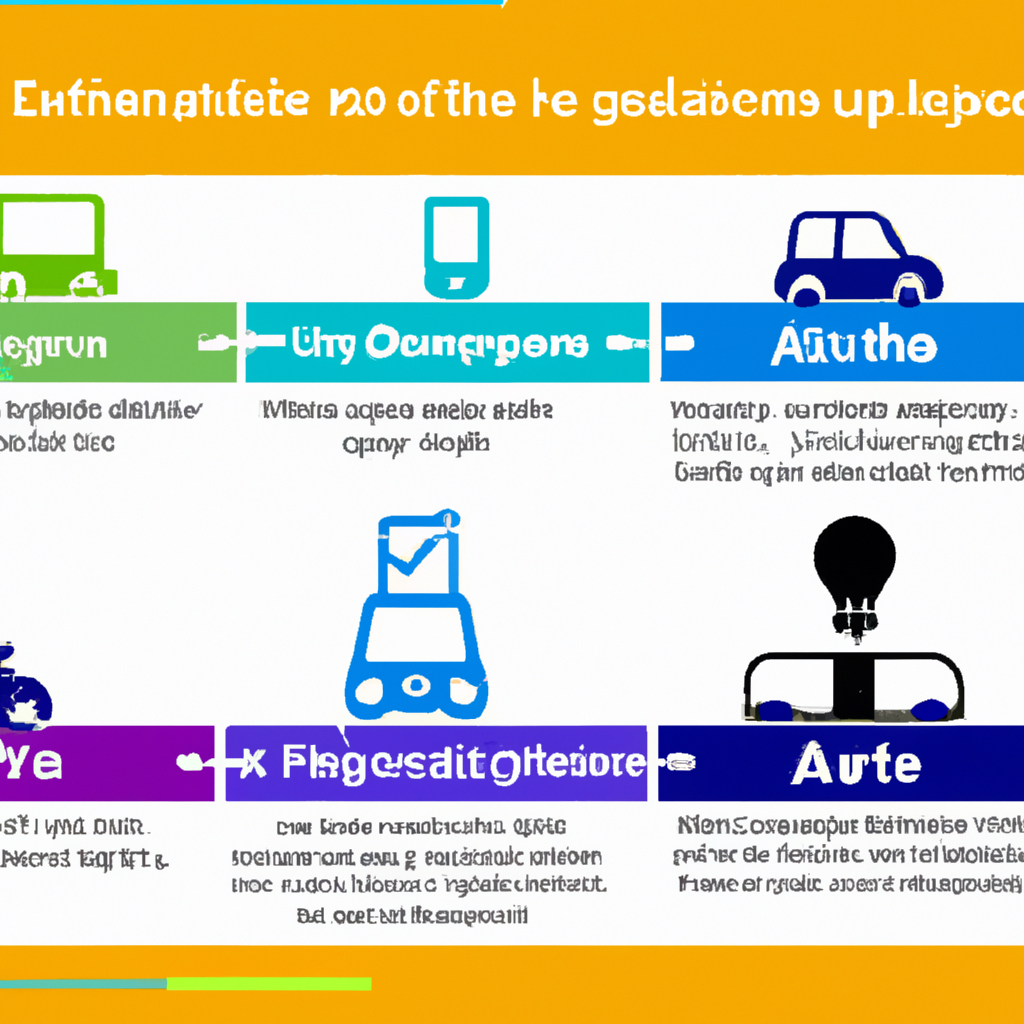Green Roads Ahead: How Governments Are Supporting EV Adoption
Introduction to Global EV Adoption Efforts
As the world grapples with the urgent challenges of climate change and environmental degradation, governments globally are stepping up efforts to reduce carbon emissions. One significant stride in this direction is the increasing support for electric vehicles (EVs). By promoting EVs, authorities aim to decrease reliance on fossil fuels, lower pollution levels, and advance towards a more sustainable future.
Financial Incentives: Driving the Shift to Electric
One of the primary strategies employed by governments to boost EV adoption is the provision of financial incentives. These incentives come in various forms, including direct subsidies, tax reductions, and exemptions. For instance, buyers of electric vehicles in the United States may qualify for a federal tax credit up to $7,500, depending on the battery size and the vehicle model. Similarly, European countries like Norway and Germany offer generous incentives that make purchasing EVs more economically viable for the average consumer.
Infrastructure Development: Laying the Groundwork for EVs
A robust infrastructure is crucial for the widespread adoption of electric vehicles. Recognizing this, many governments are investing heavily in the development of EV charging stations. The availability of convenient charging facilities can significantly influence a consumer’s decision to go electric. For example, China has taken a lead in this area, installing over 800,000 public charging stations as part of its commitment to support EV adoption. Similarly, the European Union has set ambitious targets for the installation of charging stations to ensure that EV owners have access to charging points at regular intervals on major highways.
Regulatory Measures and Policies
In addition to financial incentives and infrastructure development, governments are also enacting various regulatory measures to encourage the use of electric vehicles. These include mandates for public transport to transition to electric, requirements for a minimum quota of EV sales for automakers, and restrictions on the sale of internal combustion engine vehicles. The United Kingdom, for instance, has announced that it will ban the sale of new petrol and diesel cars by 203, pushing both consumers and manufacturers towards electric alternatives.
Public Awareness and Educational Campaigns
Beyond monetary incentives and regulatory frameworks, there is also a significant focus on public awareness campaigns. These initiatives are designed to educate the public about the benefits of EVs, not just from an environmental perspective but also in terms of cost-effectiveness and performance advantages. Governments are partnering with non-profits and private sectors to demystify electric vehicles and address common misconceptions that might deter potential buyers.
Case Studies: Success Stories in EV Adoption
Norway is often cited as a successful case study in government support for EV adoption. The combination of no purchase/import taxes, exemption from 25% VAT on purchase, access to bus lanes, and free parking has led to electric vehicles making up 74% of the car market in 2021. Similarly, in California, a combination of state rebates, HOV lane access, and aggressive targets for EV sales by 2025 showcases the role of state policy in driving EV adoption.
Conclusion
The journey towards widespread EV adoption is complex and requires a multi-faceted approach. Governments around the world are playing a pivotal role in this transition through a combination of policies, incentives, and public education efforts. As technology advances and more people recognize the long-term benefits of electric vehicles, the road ahead looks increasingly green.
© 2023 Green Roads Ahead. All rights reserved.





Comments (0)